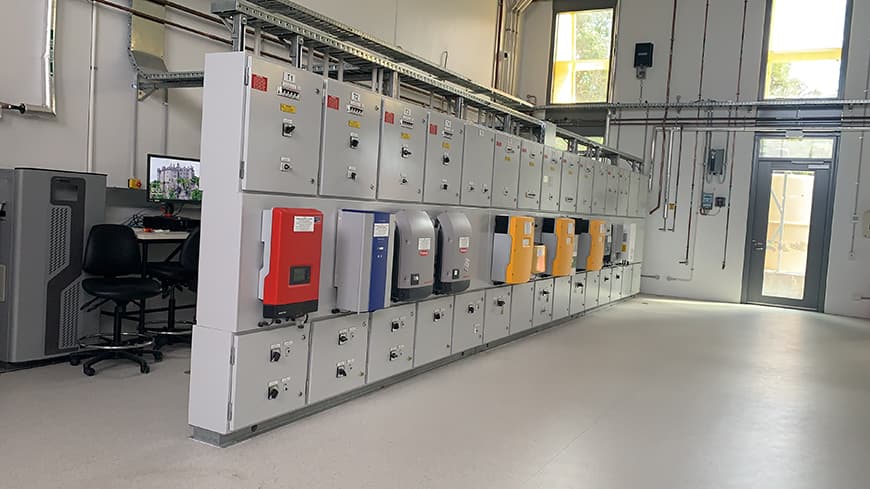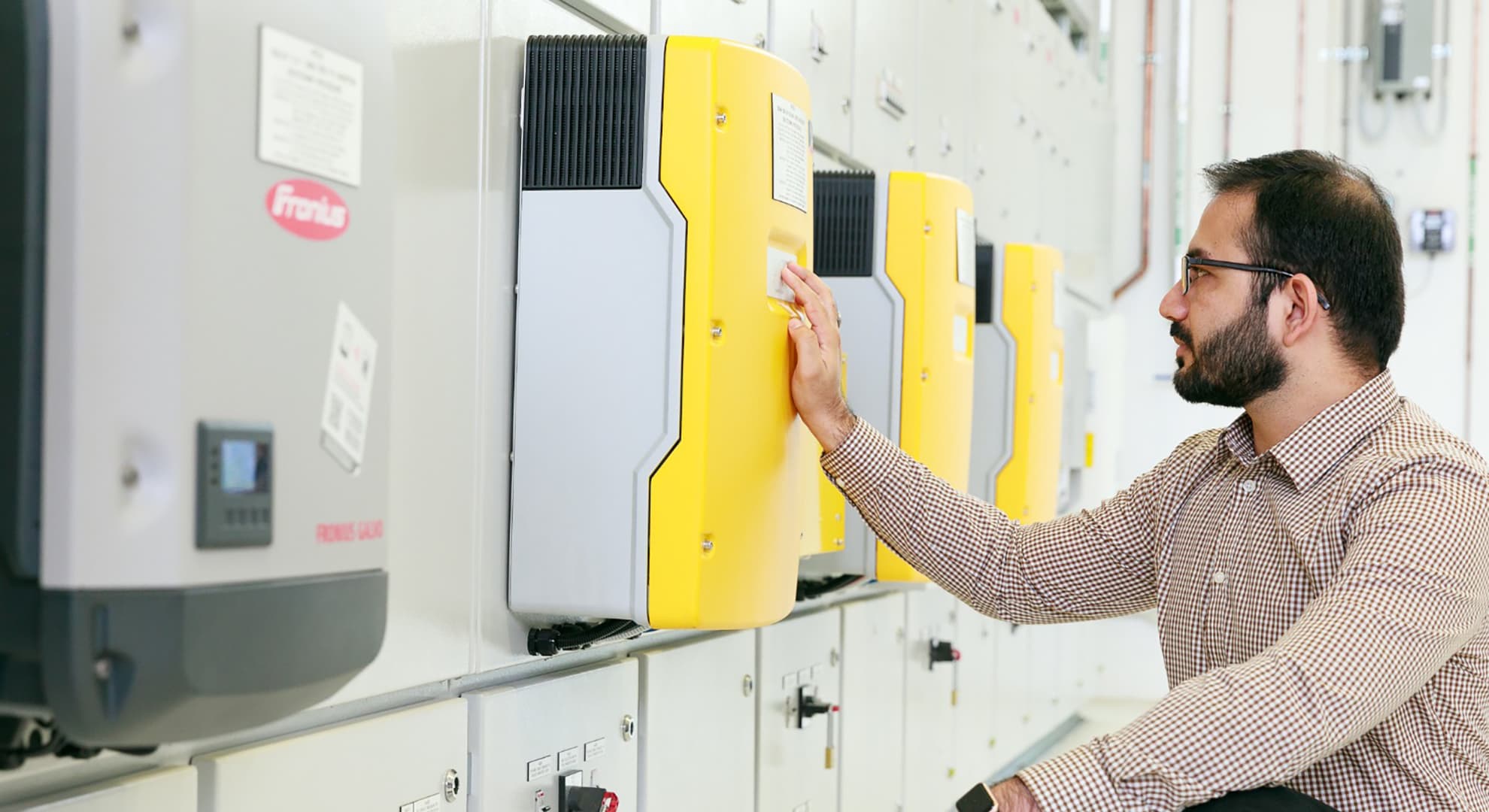
Wondering why you're not getting the returns promised on your power bill from those solar panels you invested in?
You are not alone.
A recent study out of Edith Cowan University (ECU) has revealed Australian households are not getting the maximum savings from their household solar systems. The findings concluded that in an effort to avoid the higher initial costs, homeowners are installing systems that do not contain their own energy storage, such as batteries.
Without your own storage you are forced to rely on the grid supply when the sun is not out. Since most of Australia's energy providers charge electricity at much higher rates during peak times (early morning and in the evening), households then consume power at disproportionately high rates.
How consumers can save hundreds each year
ECU Researcher Aakash Hassan said the findings reveal that by employing optimally sized grid-connected solar systems with batteries and a proper energy management strategy can maximise the benefits and yield household savings of around $800 a year.
"The building blocks of solar panels are solar cells that can directly generate electricity from the sunlight through photovoltaic (PV) effect. Solar PV systems are broadly classified into two types of system: stand-alone and grid-connected systems.
"Stand-alone systems involving energy storage mediums, such as batteries, are mostly deployed in the remote areas where access to the grid is not available or establishing a grid network is too expensive. While grid-connected systems are the ones that we often see on the rooftops of homes and are capable of exchanging energy with the grid," Mr. Hassan said.
Stand-alone vs. grid-connected systems – getting technical
In this study a comparative analysis of stand-alone and grid-connected systems was performed by using WA's electricity tariffs, actual weather and electric load data, of one complete year.
By analysing the annual energy flows and projecting the cash flows over the whole lifetime of a PV system (25 years), it was found that the grid-supplemented system yielded 30 per cent lower cost of energy compared to the stand-alone at baseline (LPSP<0.01) but achieves this at the expense of 17 per cent higher life cycle emissions.
"The results also revealed that in the grid-supplemented systems, only optimum renewable to grid penetration ratios can yield minimum cost which were found to be 95 per cent and 5 per cent respectively in this case study," Mr. Hassan said.
"In terms of tariff structures, it was found that the time of use tariff structure offers a marginally lower cost of energy (0.30$/kWh) compared to the anytime flat tariff (cost of energy = 0.32$/kWh), but with the latter outperforming in terms of life cycle emissions."
 ECU\'s Renewable Energy Laboratory allowed researchers to investigate the efficiency of Australia's solar PV systems.
ECU\'s Renewable Energy Laboratory allowed researchers to investigate the efficiency of Australia's solar PV systems.


